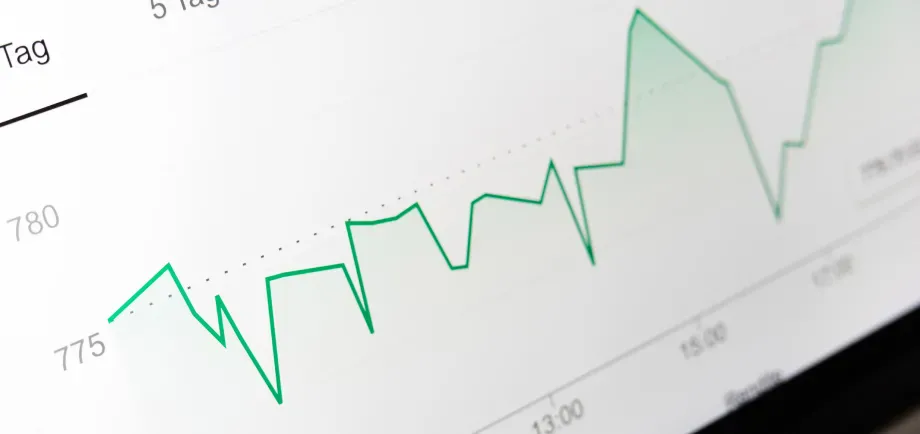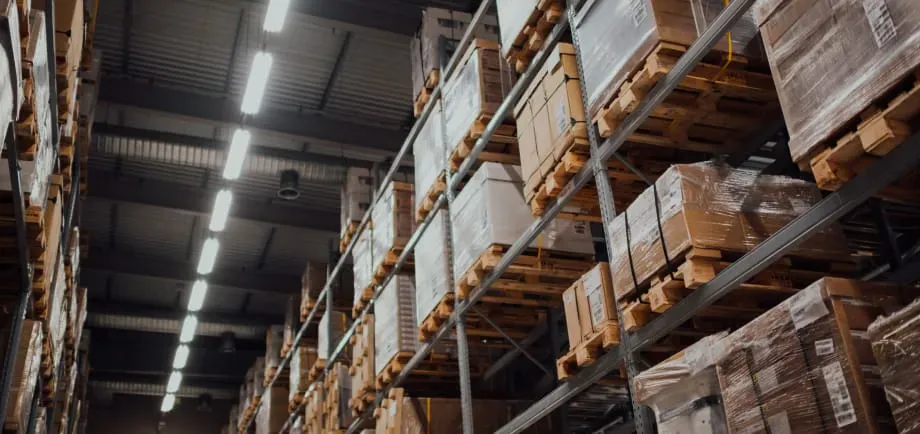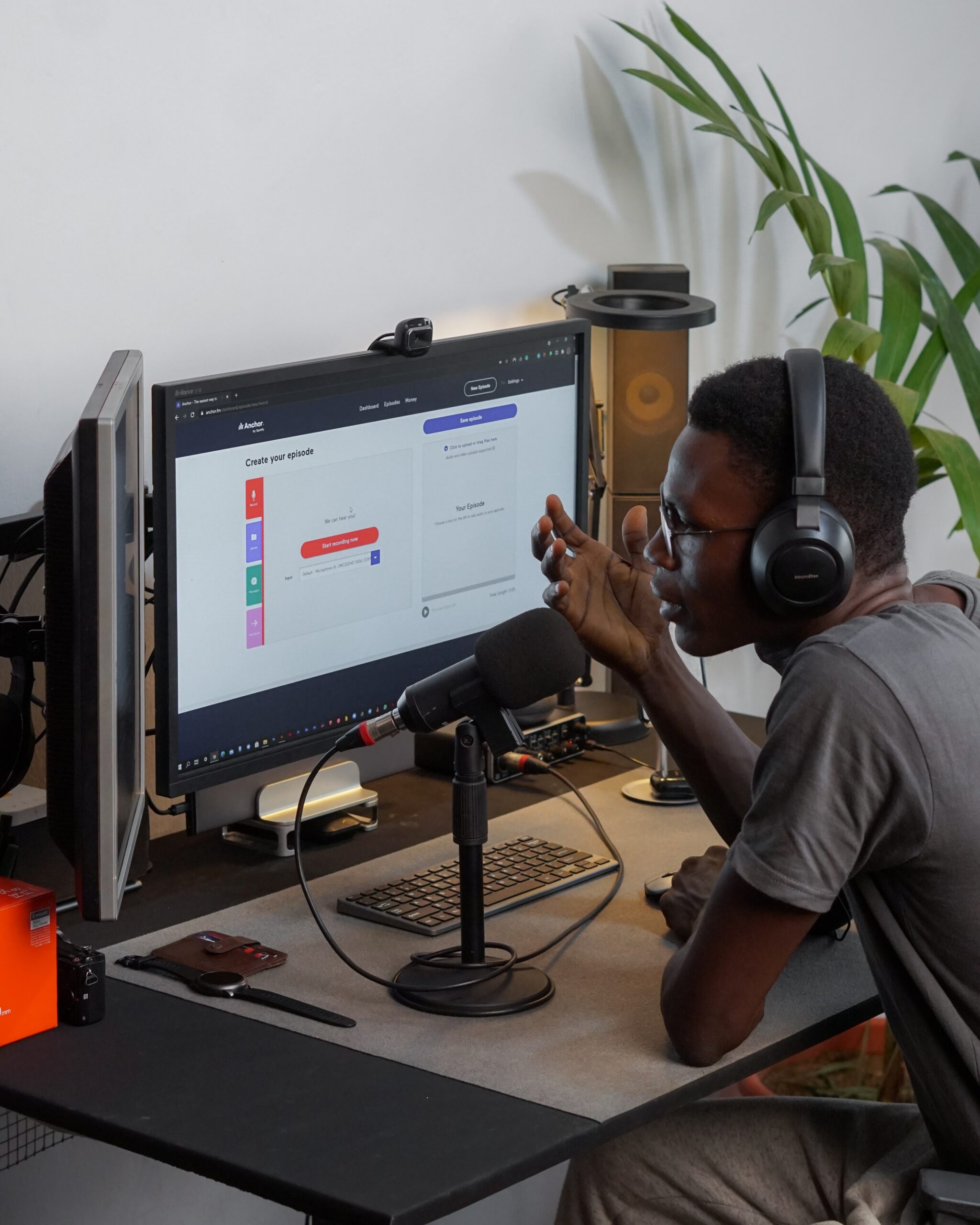“Supply chain optimization is the art and science of balancing your inputs and outputs,” says unybrands’ VP Supply Chain, Ameet Contractor. At unybrands, Ameet’s core function is to build a trailblazing end-to-end platform that scales up our brands and creates synergies across their individual assets to drive cross-regional fulfillment. He talks to us about the ins and outs of operational efficiencies and challenges.
Supply chain optimization can be as simple as you want it to be-or as complicated as you make it out to be. To maximize customer value and gain a competitive advantage in the marketplace, you have to do more than manage the flow of goods and services including all processes that transform raw materials into final products: you have to actively streamline all of your supply-related activities. For first-time founders, the science of the various tasks can seem overwhelming-when global volatility such as observed in 2020 and continuing into 2021 further adds to the complexity, it’s the art behind the science that becomes important.
You need to have a sound planning mechanism: start with a feasible forecast that is visible for all stakeholders-manufacturers as well as freight and warehousing partners-so they can calculate capacities or, in an event of capacity crunch, look at alternates.
-
It’s crucial to follow the forecast with a comprehensive plan across the supply and demand value chains and to continuously monitor its performance.
-
Once your plan is implemented, develop an analytical KPI dashboard for performance and decision-making insights.
-
Tactical mechanisms are vital to recognizing deviations and henceforth organize and adjust supply and demand variables.

The main goal? To keep it simple at all times. For successful execution, the key component is to manage the inputs rather than focus on the outputs. By virtue of focusing on the latter, you may miss the chance to make any meaningful change-and fail more times than not. As an operator, you have to know your stable zone and be able to quickly spot and act upon deviations-once you have the ability to do so, your operational efficiencies will be automatically managed.
I have set up new teams, grew them, and turned around their performance. One valuable lesson? Focus on operationalization. Entrepreneurs can be successful by having a plan-operationalization, in contrast, is achieved by developing mechanisms to effectively design, be proactive as well as reactive to changes, and have a framework to tackle challenges. In combination, these mechanisms are true drivers of growth and scalability.
Challenges
The e-commerce industry is rich with data. To scale up operations, there is no way around it; you have to leverage it. How? By establishing a platform that captures and presents data-if you haven’t set up a basic platform, don’t obsess over ML or AI-and then building it. Take baby steps-but quickly-towards iterating your data from basic to advanced.
In the short term, for 2021 the main challenges will be to deal with the global economy coming out of the COVID-19 disruption. Cases in point: Ocean and port congestion, capacity constraints for containers and warehousing space, rising costs of shipments, to name but a few. None of these reasons is unresolvable-the key will be to be patient, aware of potential deviations, and responsive to the changes.







